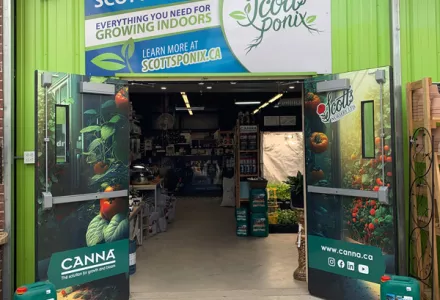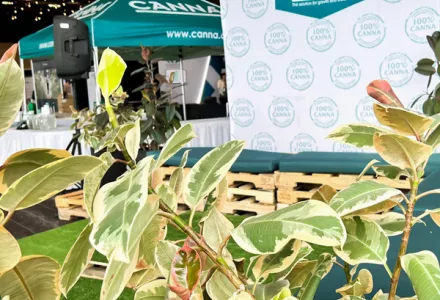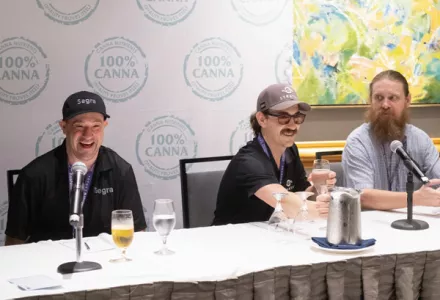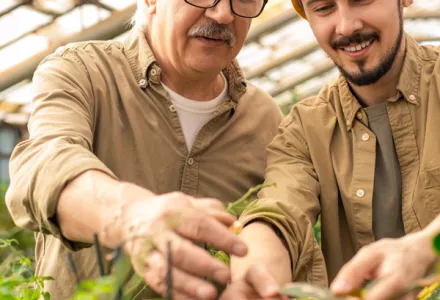In our latest CANNAtalk discussion, industry experts gathered to explore a critical question raised by the cannabis community: Do premium cultivation and post-harvest processes truly add value, or are they simply perceived advantages with limited return?
Drawing from real-world experience, data, and market insights, the panelists unpacked the relationship between high-end processes and actual consumer behavior.
Watch the video:
EFFICIENCY VS. PERFECTION
The discussion began with a focus on cultivation practices and facility design. One panelist reflected on how the pursuit of perfection often leads growers to over-engineer their operations or processes. In many cases, achieving 90% of expectations is enough — the last 10%, while satisfying, often costs disproportionately more without a meaningful ROI. The takeaway: “good enough” can be a smart business move.
CONSUMER PRIORITIES: Quality or Price?
A recurring theme was the price sensitivity of today’s cannabis consumer. While the industry often emphasizes artisanal processes like hand-trimming, hang drying, and organic certification, there’s little evidence that these significantly sway the average consumer’s purchasing decisions — particularly in the current economic climate. The data exists to support various claims, but panelists cautioned that it's often biased depending on who collects it.
Cost-Cutting with Data-Driven Strategy
The panel emphasized that improving margins without sacrificing quality requires a holistic, data-driven approach. There is no single solution — instead, it's about layering small efficiencies through trial and error. One panelist described how their company uses deep analytics to determine what processes genuinely impact quality and sales. For instance, switching from hand-trimming to machine-trimming didn’t reduce product performance in the market, illustrating that some premium practices may be more about perception than profit.
Trimming Trade-Offs and New Regulations
Smaller craft growers face unique constraints, particularly around labor and space. One grower shared their decision to outsource trimming rather than handle it in-house due to facility limitations and staffing challenges. The cost of in-house trimming simply wasn’t justifiable given the minimal impact on sale prices. However, recent regulatory changes that expand the allowable grow space for micro-operations may shift these calculations moving forward.
Marketing, Packaging, and Point-of-Sale Influence
Another point of debate was the balance between visual appeal and chemical content (like cannabinoids or terpenes) in consumer decisions. While budtenders may understand and advocate for quality, it's the consumer who must be educated. Panelists recommended investing in in-store marketing collateral and leveraging new packaging regulations — such as product windows — to help products stand out. Still, results may vary depending on how retailers display products.
Certifications: Branding vs. Business Value
Certifications like “organic” or “living soil” were also discussed. While they may appeal to certain market segments, they often do not lead to premium pricing or improved margins, unlike organic foods in grocery stores. For smaller growers, the costs and regulatory burden of certifications like GACP or EU-GMP may not be justifiable without scale. However, there is a growing trend toward sustainability, which may present future opportunities.
Key Takeaways:
Ultimately, the panel agreed that today’s cannabis market is driven by consumer perception, not legacy grower values. Premium processes must be carefully evaluated for ROI. Success lies in listening to consumers, adapting to market conditions, and making strategic, data-informed decisions.




























